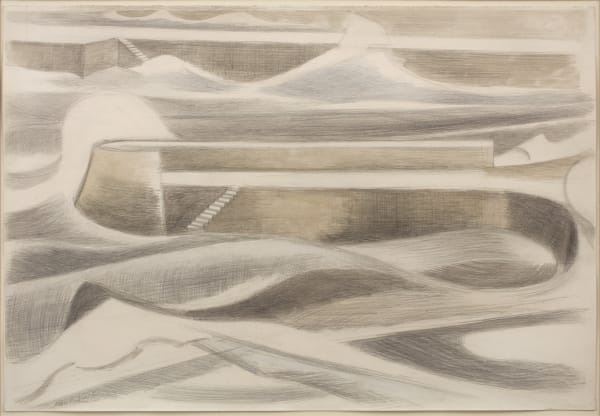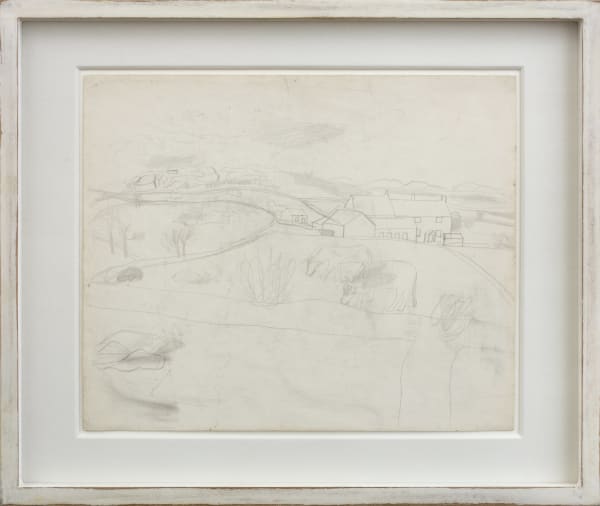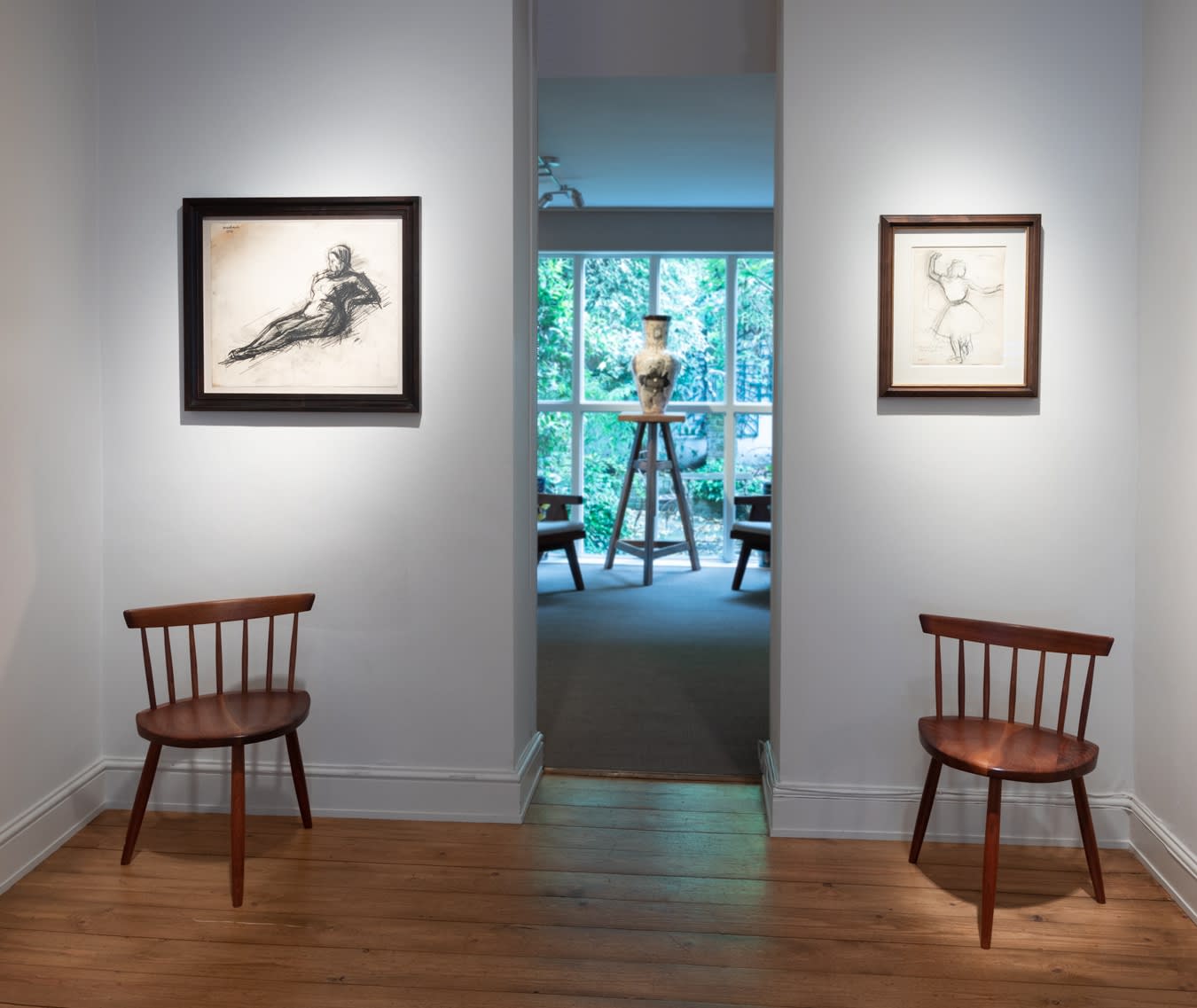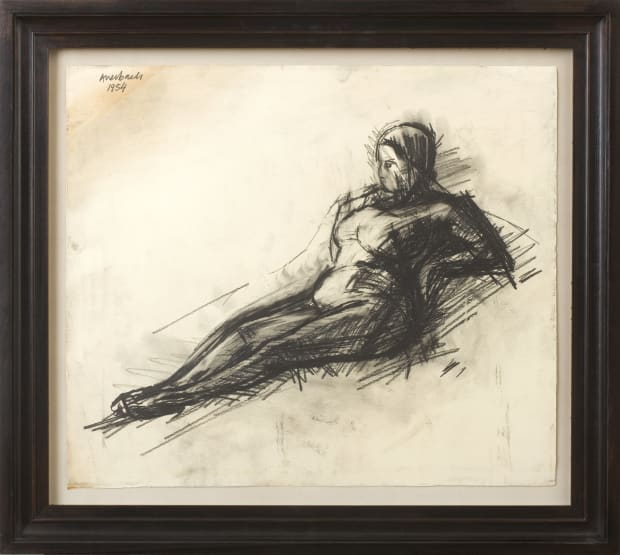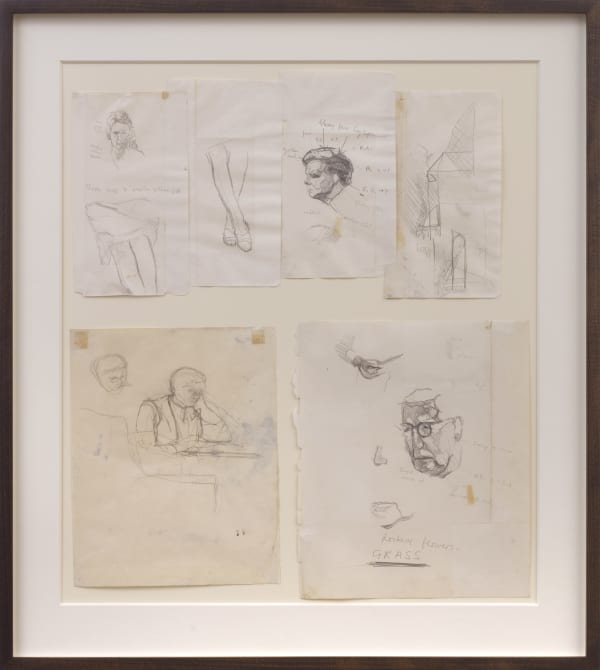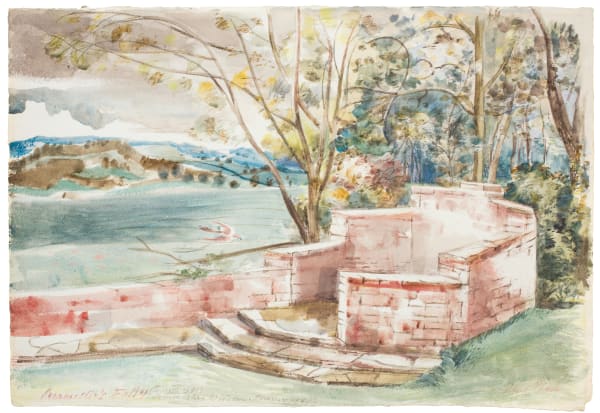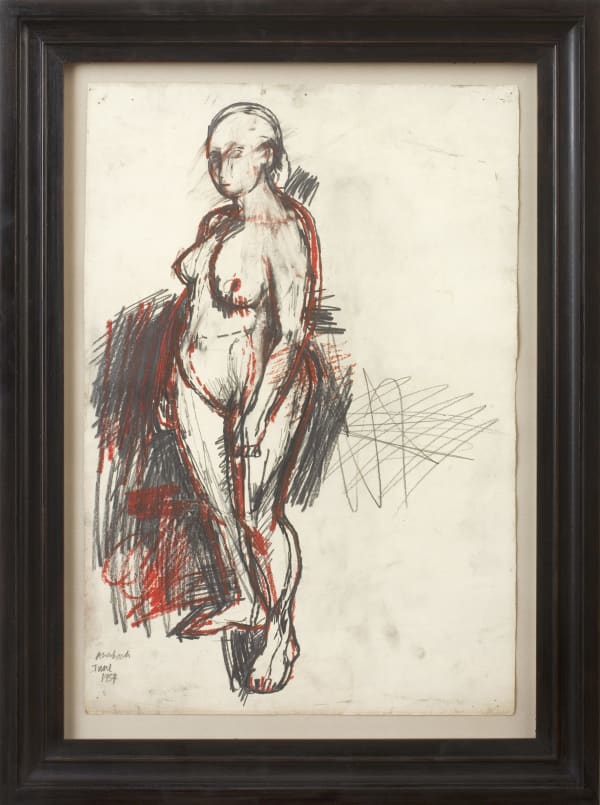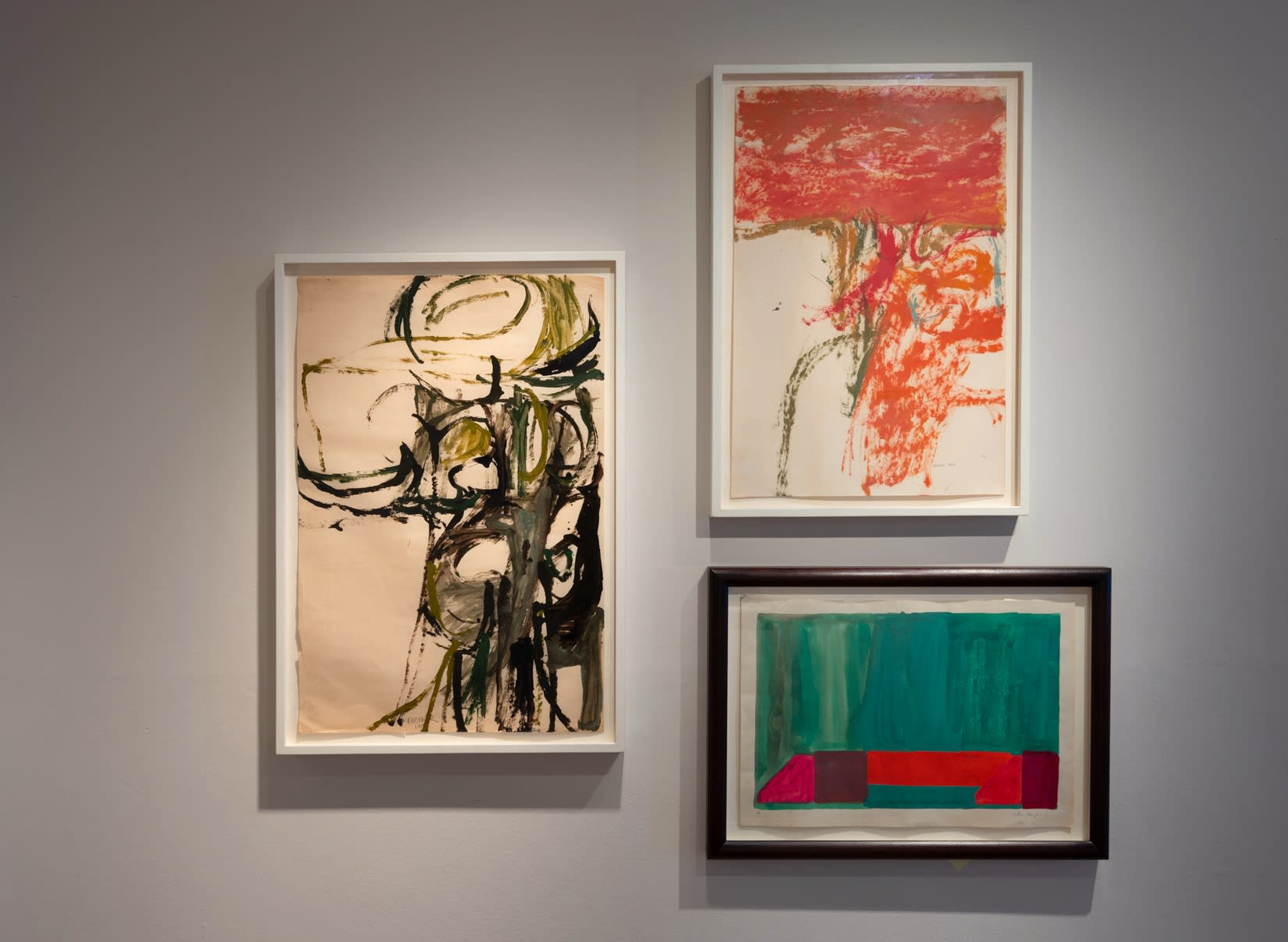-

-
PAPER is easily and variously marked. Charcoal and chalk scuff, smudge or slice; pen and ink dash, hatch and stipple; areas of colour shimmer in pastel, glow in gouache or wash in thinned oil paint. Each combination of these media serves a different need. The drawings, works on paper and graphic art in this display show the many reasons why artists have been drawn to paper. These works map out a trajectory of different styles and practices in the long twentieth century. For Degas, Sickert and Vuillard at the end of the nineteenth century and the beginning of the twentieth, charcoal and chalk helped to suggest effects of light and movement. In 1930s Paris, Alexander Calder forged a new world of abstraction in saturated gouache and cosmic scribbles of pen and ink. In post-war London, Auerbach, Freud and Kossoff sought new ways to create the human figure in media ranging from charcoal to pastel. Most recently, in the early twenty-first century, Jenny Saville has revisited Leonardo’s brand of disegno, finding significance in layered charcoal drawings of herself and her young son.
-
WORKS
-
-

-

-

-
-

-

-
-

-

-

-

-
Past viewing_room
Join our mailing list
* denotes required fields
We will process the personal data you have supplied to communicate with you in accordance with our Privacy Policy. You can unsubscribe or change your preferences at any time by clicking the link in our emails.
PIANO NOBILE | Robert Travers (Works of Art) Ltd
96 / 129 Portland Road | London | W11 4LW
+44 (0)20 7229 1099
Monday - Friday 10am - 6pm | Saturday 11am - 4pm
Closed public holidays
![]() Instagram
Instagram ![]() Join the mailing list
Join the mailing list
Copyright © 2025 Piano Nobile
This website uses cookies
This site uses cookies to help make it more useful to you. Please contact us to find out more about our Cookie Policy.


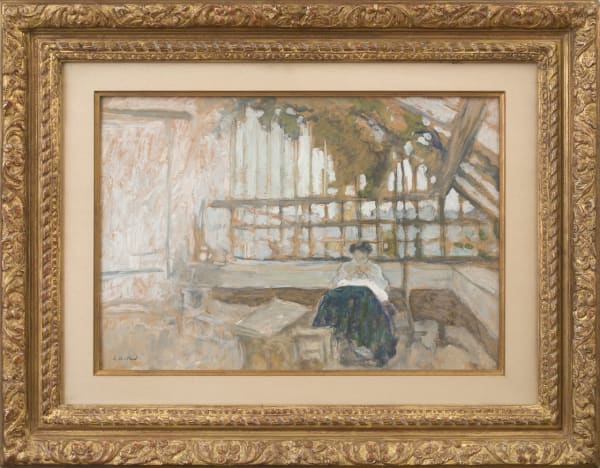





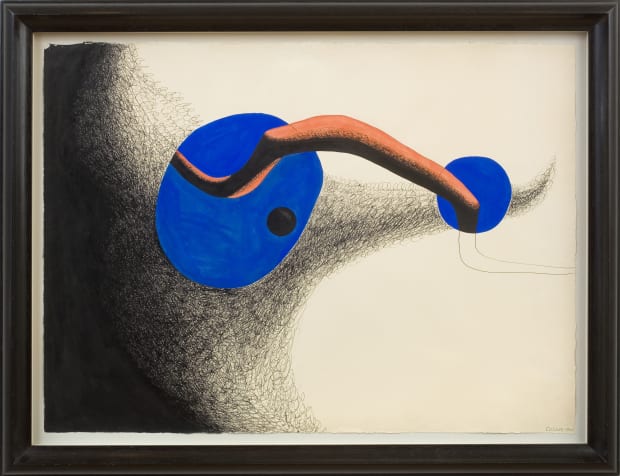
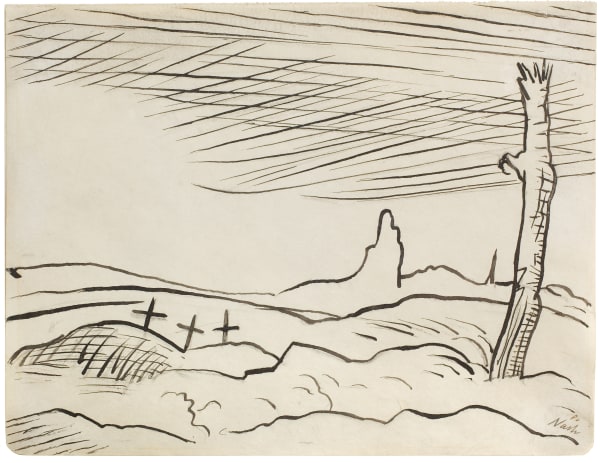
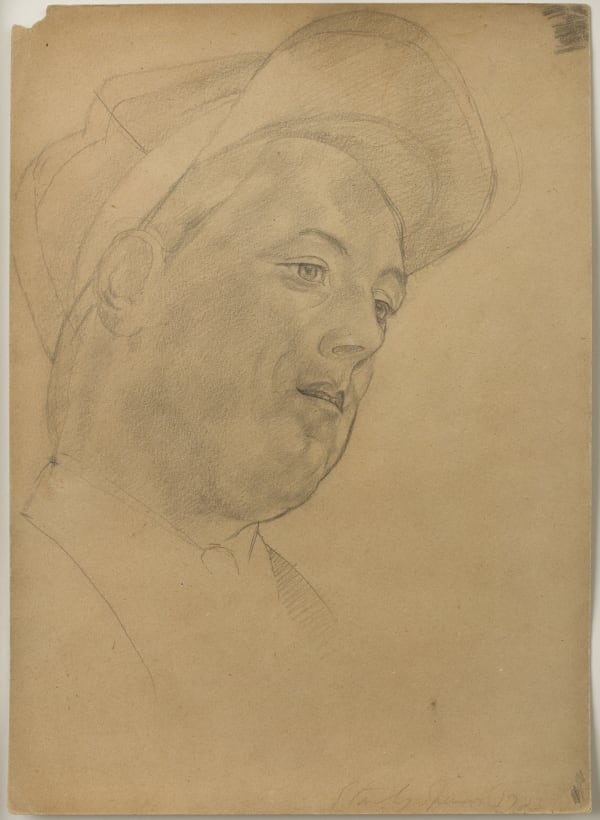


![Sir Stanley Spencer, 'Diffidence 2nd vers[ion]' (Patricia Preece), 1935 c.](https://artlogic-res.cloudinary.com/w_600,c_limit,f_auto,fl_lossy,q_auto/artlogicstorage/pianonobile/images/view/e7ed6cb335efcc076f6fb065ebf1a739j.jpg)

